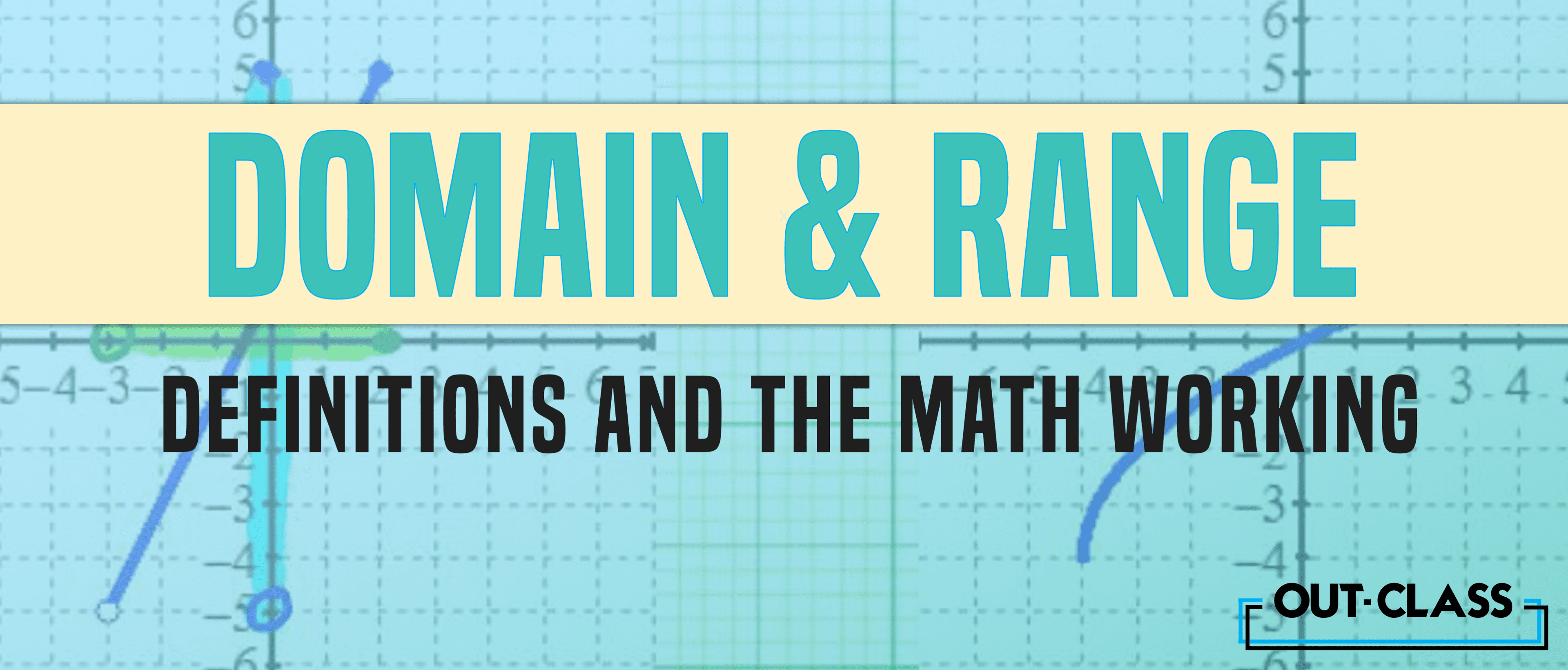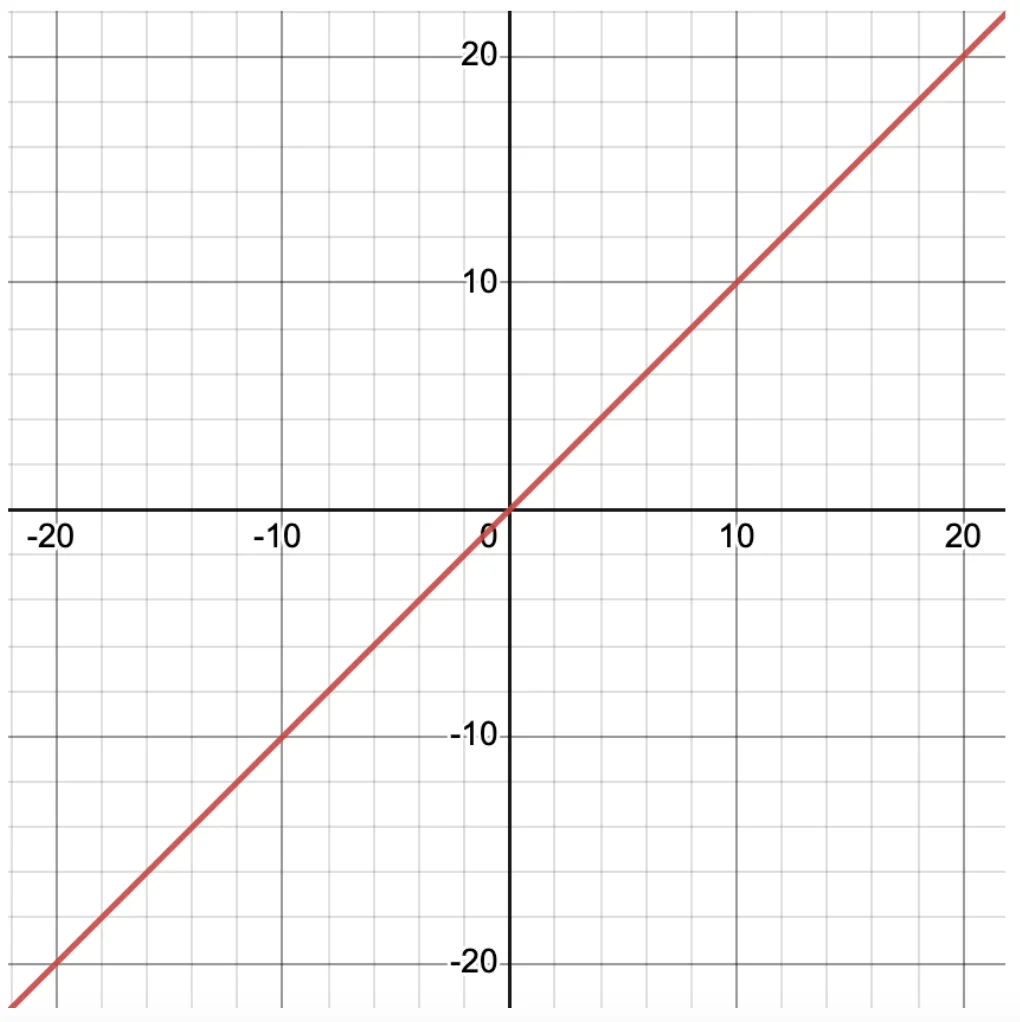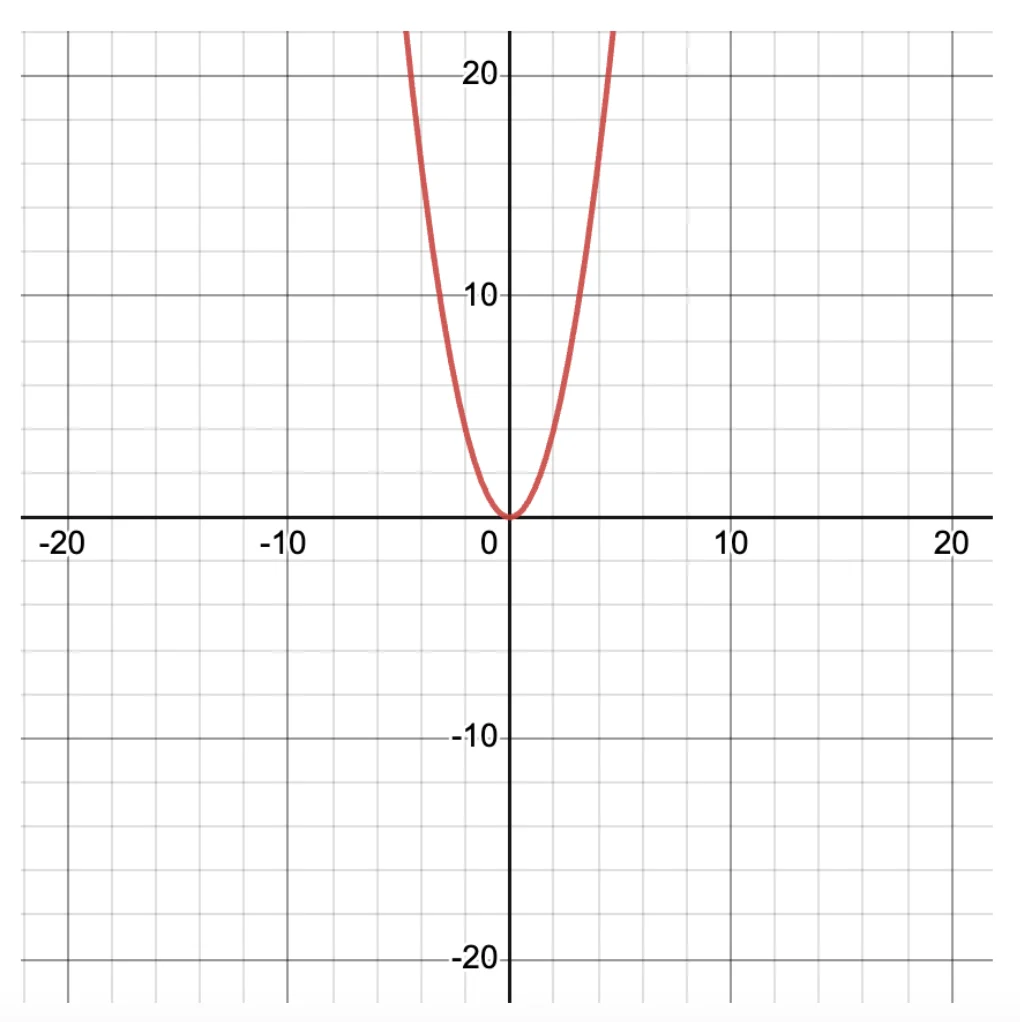Domain and range of a graph are fundamental O Level and IGCSE Mathematical concepts that are also tested in the NUST entry test. If you’re looking for a quick brush-up on these concepts and want to ace your IGCSE or O Level Math and Add Math, look no further!
What do the Domain and Range Represent?
The domain and range of a graph is a way of understanding what the function looks like and how far it ‘extends’. This can be very useful in many sciences for choosing appropriate functions for different tasks.
What is Domain?
Domain: This is the set of values that act as valid inputs to the function. In simple terms, it is the set of values on the x-axis for which the corresponding graph line exists.
What is Range?
Range: This is the set of values that the function can output for all given inputs. Simply put, this is defined by how far positive or negative the graph line exists.
How to Find the Range and the Domain?
To illustrate, let’s use a visual example:

How to Write Domain and Range
You use the ‘[‘ and ‘]’ brackets to show the lower or upper bound. For example, if a graph has a range of -2 to 5, we will write range = [-2, 5].
In the above example, suppose that the interval doesn’t contain -2 but includes all values up to -2, such as -1.9, -1.9999 and so on. We will represent this lower bound using the ‘(‘ bracket. Hence, our range would be (-2, 5], which means that it includes all real numbers from -2 (but not including -2) up to 5 (inclusive).
FAQs
Let’s explore some domain and range examples that cater to some common IGCSE and O Level Math and Add Math questions that students have about the domain and range of a graph.
Q. Can 'Domain' and 'Range' be negative?
Absolutely! Here’s an example of a function with a domain and range which includes negative values.
*Important Note: how the graph line extends into the negative x and y-axis.
Q. Can 'Domain' and 'Range' be infinity?
Certainly! Consider the function f(x) = x2.
Here, the domain is (-∞, ∞) since x can take infinitely many values all across the number line and the square of these will remain defined for all those values.
The range of this function is [0, ∞). It is lower bounded by 0 inclusive (hence the square bracket) and there is no upper bound because the squares of large numbers do become very large too!
Q. Can the 'Domain' and 'Range' be the same?
Indeed. A common example is that of f(x) = x3. Both the domain and range of this function are (-∞, ∞).
Conclusion
Ready to elevate your math game to the next level? Dive into the Out-Class Mathematics crash course or gear up for triumph with our NUST entry test course. It's more than just a review; it's your secret weapon for conquering the entire math syllabus!





